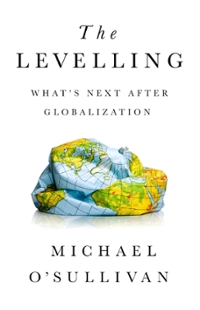Answered step by step
Verified Expert Solution
Question
1 Approved Answer
Economics that passes judgment, or provides advice on policy actions is called... a) ...positive economics b) ...negative economics c) ...normative economics d) ...descriptive economics Let:
Economics that passes judgment, or provides advice on policy actions is called...
a) ...positive economics
b) ...negative economics
c) ...normative economics
d) ...descriptive economics


Step by Step Solution
There are 3 Steps involved in it
Step: 1

Get Instant Access to Expert-Tailored Solutions
See step-by-step solutions with expert insights and AI powered tools for academic success
Step: 2

Step: 3

Ace Your Homework with AI
Get the answers you need in no time with our AI-driven, step-by-step assistance
Get Started


